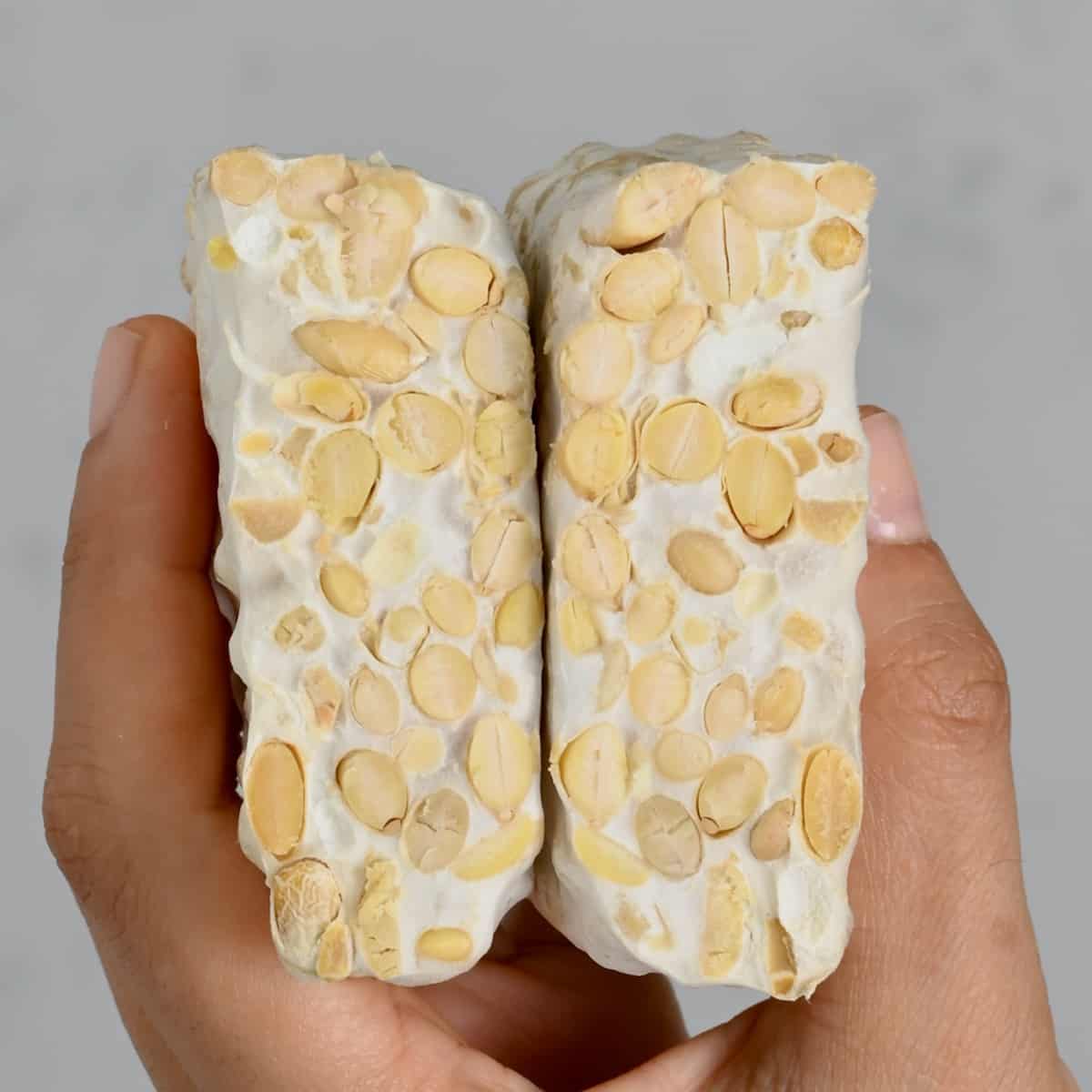

Articles
How To Store Tempeh
Modified: December 7, 2023
Learn how to store tempeh properly with these helpful articles. Keep your tempeh fresh and flavorful for longer periods of time.
(Many of the links in this article redirect to a specific reviewed product. Your purchase of these products through affiliate links helps to generate commission for Storables.com, at no extra cost. Learn more)
Introduction
Welcome to the world of tempeh! Whether you are a long-time fan or just starting to discover this versatile plant-based protein, it’s important to know how to store tempeh properly to maintain its freshness and quality.
Tempeh is a traditional Indonesian food made from fermented soybeans. It has gained popularity in recent years due to its rich nutritional profile and unique taste. Packed with protein, fiber, and various vitamins and minerals, tempeh is a staple for many vegetarians and vegans.
However, like any food, tempeh is susceptible to spoilage if not stored correctly. Improper storage can lead to changes in texture, flavor, and even the growth of harmful bacteria. To ensure that your tempeh stays fresh and delicious, it’s crucial to understand the factors that affect its shelf life and how to store it properly.
In this article, we will explore the importance of proper tempeh storage, factors to consider when storing tempeh, the right containers to use, and various methods for storing both raw and cooked tempeh. We will also share some helpful tips to maintain tempeh’s quality and extend its shelf life.
So, let’s dive in and discover the best practices for storing tempeh to ensure that you always have a fresh and tasty supply on hand!
Key Takeaways:
- Proper storage of tempeh is crucial to maintain its freshness, nutritional value, and safety. Factors such as temperature, moisture, and airflow play a key role in preserving tempeh’s quality.
- Choosing the right container, refrigerating or freezing tempeh, and properly storing cooked tempeh are essential for maintaining its flavor and texture. Regular inspection and safe cooking practices are also important for enjoying tempeh safely.
Read more: How To Store Basil From Store
What is Tempeh?
Tempeh is a traditional Indonesian food that has gained popularity worldwide for its delicious flavor and impressive nutritional profile. It is made from cooked and fermented soybeans, which undergo a natural fermentation process with the help of a specific type of mold called Rhizopus oligosporus.
The fermentation process gives tempeh its unique texture, flavor, and aroma. The mold binds the soybeans together, forming a firm block or patty with a slightly nutty taste. While soybeans are the most common base for tempeh, it can also be made from other legumes, grains, or a combination of both.
One of the key characteristics of tempeh is its high protein content. It is a complete protein source, meaning it contains all the essential amino acids that our bodies need. This makes tempeh a valuable food choice for vegetarians, vegans, and those looking to incorporate more plant-based protein into their diets.
In addition to protein, tempeh also provides essential nutrients such as fiber, iron, calcium, and B vitamins. It is low in saturated fat and cholesterol-free, making it a heart-healthy alternative to meat-based proteins.
Tempeh is a versatile ingredient that can be used in a variety of dishes and cuisines. Its firm texture makes it suitable for grilling, frying, baking, or crumbling into recipes. Whether you want to marinate it, stir-fry it with vegetables, or use it as a base for burgers or meatless tacos, tempeh offers endless possibilities for creative and nutritious meals.
Furthermore, tempeh’s fermentation process enhances its digestibility by breaking down complex proteins and carbohydrates. This makes it easier for the body to absorb and utilize the nutrients. Some people who have difficulties digesting soy may find that tempeh is easier on their digestive system.
Overall, tempeh is not only a delicious and versatile food but also a nutritious addition to any diet. Its unique fermentation process and protein-packed profile make it a popular choice for those seeking plant-based alternatives and improved health.
Why Proper Storage is Important
Proper storage of tempeh is essential to maintain its quality, freshness, and safety. Here are a few reasons why you should pay attention to how you store tempeh:
- Preserve Freshness: Tempeh is a perishable food item. Proper storage helps to prevent the growth of bacteria, fungi, and mold that can lead to spoilage. When stored correctly, tempeh can retain its freshness and taste for an extended period.
- Maintain Nutritional Value: Just like any other food, tempeh can experience nutrient loss over time. By storing tempeh properly, you can help preserve its nutritional value, including its protein content, vitamins, and minerals.
- Prevent Foodborne Illness: Tempeh contains natural bacteria and molds that are part of the fermentation process. However, if stored incorrectly, harmful bacteria can also develop, leading to potential foodborne illnesses. Proper storage, such as refrigeration or freezing, helps to inhibit the growth of harmful microorganisms.
- Extend Shelf Life: Tempeh has a limited shelf life, even when stored properly. Depending on the storage method, tempeh can stay fresh for up to a week in the refrigerator and several months in the freezer. By following the correct storage practices, you can extend the shelf life of tempeh and reduce food waste.
By understanding the importance of proper tempeh storage, you can ensure that each batch of tempeh you purchase or make at home maintains its quality, flavor, and safety. Taking the extra time to store tempeh correctly will result in better-tasting meals and a safer dining experience.
Factors to Consider When Storing Tempeh
When it comes to storing tempeh, several factors can impact its shelf life and quality. Consider the following factors to ensure optimal storage:
- Temperature: Tempeh is a perishable food item that is best stored in a cool environment. High temperatures can accelerate the growth of bacteria and lead to spoilage. Aim to store tempeh in temperatures below 40°F (4°C) to maintain its freshness for a longer period.
- Moisture: Moisture can promote the growth of mold and bacteria, causing tempeh to spoil quickly. It is important to store tempeh in a dry environment with low humidity. Condensation can form inside the packaging, so ensure the tempeh is well wrapped to protect it from excess moisture.
- Airflow: Proper airflow is crucial in tempeh storage. Restricting airflow can result in the growth of unwanted microorganisms. Avoid tightly sealing the tempeh to allow some air circulation, but make sure it doesn’t dry out excessively.
- Light: Exposure to sunlight or bright artificial light can degrade the quality of tempeh. Store tempeh in a cool, dark place to preserve its flavor and nutrients. Wrap it in opaque or light-blocking packaging or store it in airtight containers.
- Contamination: Prevent cross-contamination by storing tempeh away from raw meat, poultry, and seafood. Keep tempeh in a separate container, or store it on a different shelf to avoid any contact that could transfer harmful bacteria or odors.
- Expiration Date: Take note of the expiration or best-by date on the packaging. While tempeh can still be consumed after the date, it may not be as fresh or safe to consume. Use tempeh within the recommended timeframe for the best quality.
By considering these factors and implementing proper storage techniques, you can maintain the freshness and quality of your tempeh for a longer period of time. This ensures that you can enjoy delicious and nutritious tempeh in your meals without any concerns about spoilage or foodborne illnesses.
Choosing the Right Container
Choosing the right container for storing tempeh is crucial in maintaining its quality and extending its shelf life. Here are some considerations to keep in mind when selecting a container:
- Airtightness: Opt for containers that provide an airtight seal. This helps to prevent air exposure and slows down the oxidation process, which can lead to flavor deterioration and spoilage of tempeh.
- Material: Choose containers made of non-reactive materials that do not absorb odors, flavors, or moisture. Glass, stainless steel, and food-grade plastic containers are excellent options for storing tempeh.
- Size: Select a container size that can accommodate the entire block or slices of tempeh without cramming it. Leaving some space allows for proper airflow and reduces the likelihood of moisture buildup.
- Transparency: While it’s important to protect tempeh from light, opting for a transparent container can make it easier to monitor its freshness and any signs of spoilage without having to open the container frequently.
- Freezer-safe: If you plan to freeze tempeh for long-term storage, ensure that the container is freezer-safe. Freezer burn can affect the texture and flavor of tempeh. Use containers specifically designed for freezer use or freezer-safe bags to prevent freezer burn.
- Labeling: Consider labeling your tempeh container with the date of storage to keep track of its freshness and ensure you use the oldest tempeh first.
Remember to clean and sanitize your containers before using them to store tempeh. This helps to remove any potential contaminants and create a hygienic storage environment.
By selecting the right container and following proper storage practices, you can help preserve the freshness and quality of tempeh, ensuring that it stays delicious and safe to consume.
Store tempeh in the refrigerator in its original packaging or a sealed container. Use it within 5-7 days of opening. For longer storage, freeze it for up to 6 months.
Read more: How To Store Store-Bought Bread
Storing Tempeh in the Refrigerator
Refrigeration is the most common method of storing tempeh, especially for short-term storage. Follow these steps to properly store tempeh in the refrigerator:
- Unopened Tempeh: If your tempeh is still sealed in its original packaging and unopened, simply place it in the refrigerator. The packaging helps to protect the tempeh from moisture and contaminants.
- Opened Tempeh: If you have already opened the tempeh packaging, ensure it is tightly sealed to prevent air exposure. Wrap the tempeh in plastic wrap or transfer it to an airtight container. Make sure the tempeh is completely covered to prevent it from drying out.
- Temperature: Set your refrigerator to a temperature below 40°F (4°C) to ensure that the tempeh stays fresh for a longer period. Maintain a consistent temperature to prevent fluctuations that can affect the quality of the tempeh.
- Location: Store the tempeh on a shelf or in a designated section of your refrigerator. Keep it away from raw meat, poultry, and seafood to avoid any potential cross-contamination.
- Duration: Stored in the refrigerator, tempeh can stay fresh for up to a week. Consume it within this timeframe for the best taste and quality. Remember to check the expiration dates on the original packaging as well.
It’s important to note that while tempeh may darken slightly in the refrigerator, this is a natural process and does not necessarily indicate spoilage. However, if you notice any significant changes in color, texture, or odor, it is best to discard the tempeh.
By following these guidelines, you can ensure that your tempeh remains fresh and safe to consume while stored in the refrigerator. Incorporate refrigerated tempeh into your favorite recipes, such as stir-fries, salads, or sandwiches, to enjoy its delicious flavor and nutritional benefits.
Freezing Tempeh for Long-term Storage
If you want to store tempeh for an extended period, freezing is an excellent option. Freezing tempeh can help preserve its freshness and texture for several months. Follow these steps to freeze tempeh:
- Unopened Tempeh: If your tempeh is still in its original, unopened packaging, you can freeze it directly. The packaging helps to protect the tempeh from freezer burn.
- Opened Tempeh: If you have already opened the tempeh packaging, wrap the remaining tempeh tightly in plastic wrap or aluminum foil. Ensure that it is well-sealed to prevent air exposure and freezer burn. Alternatively, you can transfer the tempeh to an airtight freezer bag.
- Labeling: It is essential to label the frozen tempeh with the date of freezing. This will help you keep track of its freshness and ensure that you use the oldest tempeh first.
- Freezing Duration: Tempeh can be stored in the freezer for up to six months without a significant loss in quality. However, for the best flavor and texture, it is recommended to consume it within three months.
- Thawing: When you’re ready to use frozen tempeh, transfer it to the refrigerator and allow it to thaw overnight. Thawing tempeh slowly in the refrigerator helps to retain its texture and flavor. Do not refreeze thawed tempeh, as it can affect its quality and increase the risk of spoilage.
It’s important to note that freezing may alter the texture of tempeh slightly. When thawed, tempeh may be denser than fresh tempeh, but this does not affect its taste or nutritional value.
By following these freezing guidelines, you can enjoy the convenience of having tempeh readily available for future use. Whether you choose to freeze unopened or opened tempeh, proper storage will help maintain its quality and flavor until you’re ready to incorporate it into your favorite recipes.
Storing Cooked Tempeh
If you have leftover cooked tempeh, proper storage is key to maintaining its flavor and texture for future use. Follow these steps to store cooked tempeh:
- Cooling: Allow the cooked tempeh to cool completely to room temperature before storing it. Placing hot tempeh directly into the refrigerator can raise the overall temperature, potentially affecting the quality of other foods.
- Container: Transfer the cooled cooked tempeh to an airtight container. Use a container that is the appropriate size for the amount of tempeh to prevent excess air exposure. You can also use resealable freezer bags, squeezing out as much air as possible before sealing.
- Labeling: Label the container or freezer bag with the date of storage. This will help you keep track of its freshness and ensure you use the oldest cooked tempeh first.
- Refrigeration: Place the container of cooked tempeh in the refrigerator. It can be stored in the refrigerator for up to three to four days.
- Freezing: If you want to store cooked tempeh for a longer period, you can also freeze it. Follow the steps for freezing tempeh mentioned earlier, using an airtight container or freezer bag. Cooked tempeh can be kept in the freezer for up to three months.
- Thawing: When you’re ready to use frozen cooked tempeh, transfer it to the refrigerator and allow it to thaw overnight. Thawed cooked tempeh can be reheated by stir-frying, baking, or microwaving before incorporating it into your desired dishes.
It’s important to note that the texture of cooked tempeh may change slightly after storing. The tempeh might become slightly softer or denser, but it should still be edible and enjoyable.
By properly storing cooked tempeh, you can make the most of your leftovers and have a convenient ingredient on hand for quick and delicious meals. Whether you choose to refrigerate or freeze cooked tempeh, its flavor and texture can be preserved, allowing you to enjoy it at your convenience.
Tips for Maintaining Tempeh Quality
To ensure that your tempeh stays fresh, flavorful, and safe to consume, here are some tips for maintaining its quality:
- Storage Temperature: Keep tempeh refrigerated at a temperature below 40°F (4°C). Consistent refrigeration helps slow down the growth of bacteria and preserves the tempeh’s freshness.
- Proper Packaging: When storing tempeh in the refrigerator or freezer, ensure it is tightly sealed in an airtight container or freezer bag. This prevents air exposure, which can lead to oxidation and spoilage.
- Frequent Inspection: Regularly check the tempeh for any signs of mold growth, unusual discoloration, or off-putting odor. If you notice any of these signs, it is best to discard the tempeh.
- Use the Oldest First: If you have multiple packages of tempeh or different batches, it is wise to use the oldest ones first. This helps avoid potential waste and ensures you consume tempeh that is still within its best quality timeframe.
- Prevent Cross-Contamination: Keep tempeh away from raw meat, poultry, and seafood to avoid cross-contamination that can lead to foodborne illnesses. Store tempeh in a separate container or on a different shelf in the refrigerator.
- Cooking Thoroughly: When preparing tempeh, ensure it is cooked thoroughly to an internal temperature of at least 165°F (74°C). Proper cooking kills any potential bacteria or pathogens that may be present and ensures it is safe to consume.
- Marinating: To enhance the flavor of tempeh, consider marinating it before cooking. Marinades can help tenderize the tempeh and infuse it with delicious flavors. After marinating, make sure to cook the tempeh immediately or store it in the refrigerator until ready to use.
- Experiment with Different Cooking Methods: Tempeh is a versatile ingredient that can be grilled, baked, stir-fried, or crumbled into various dishes. Explore different cooking methods to discover your favorite ways to enjoy tempeh and enhance its taste and texture.
- Enjoy within Recommended Timeframe: To fully appreciate the taste and texture of tempeh, consume it within its recommended timeframe. While tempeh may still be safe to eat beyond that timeframe, it may lose some of its fresh quality and optimal taste.
By following these tips, you can ensure that your tempeh remains of high quality, both in terms of flavor and safety. With proper storage and preparation, you can enjoy delicious and nutritious tempeh in a variety of dishes.
Read more: How To Store Celery
Conclusion
Storing tempeh properly is essential to maintain its freshness, quality, and taste. By implementing the right storage techniques, you can extend the shelf life of tempeh and prevent spoilage. Whether you choose to store tempeh in the refrigerator or freeze it for long-term storage, the key is to control temperature, moisture, and airflow.
Remember to choose the right container that offers an airtight seal and is made from non-reactive materials. Label your tempeh containers and ensure proper labeling and organization to keep track of freshness. When storing cooked tempeh, allow it to cool before transferring it to an airtight container or freezer bag.
Inspect tempeh regularly for any signs of mold, discoloration, or off-putting odor before consuming. Take necessary precautions to prevent cross-contamination with raw meat, poultry, or seafood. Cook tempeh thoroughly before consumption to ensure food safety.
With these tips in mind, you can enjoy the rich flavor and nutritional benefits of tempeh in various dishes. Whether you’re a long-time tempeh lover or just starting to incorporate it into your diet, proper storage practices will ensure that your tempeh remains fresh, delicious, and safe to consume.
So, next time you stock up on tempeh, remember to store it correctly and savor every bite of this versatile and nutritious food!
Frequently Asked Questions about How To Store Tempeh
Was this page helpful?
At Storables.com, we guarantee accurate and reliable information. Our content, validated by Expert Board Contributors, is crafted following stringent Editorial Policies. We're committed to providing you with well-researched, expert-backed insights for all your informational needs.
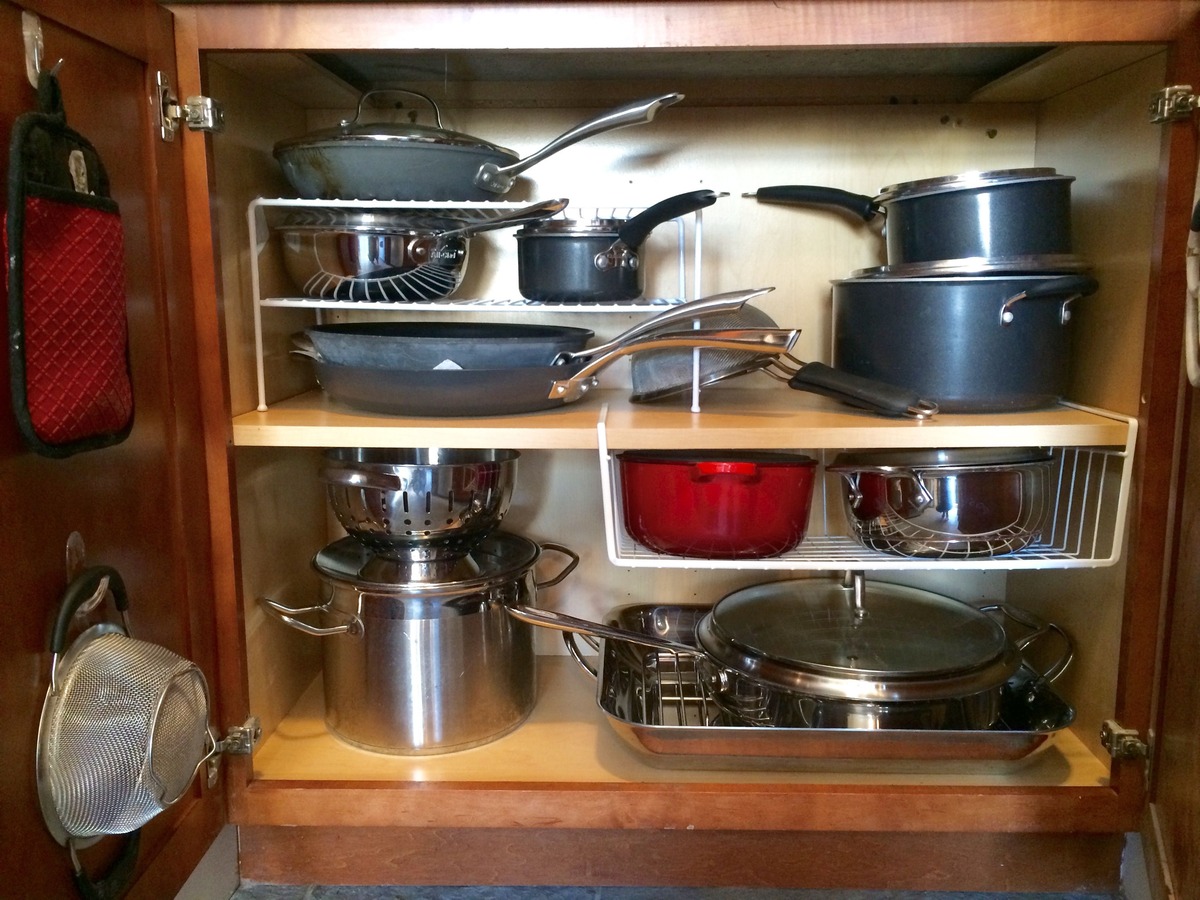
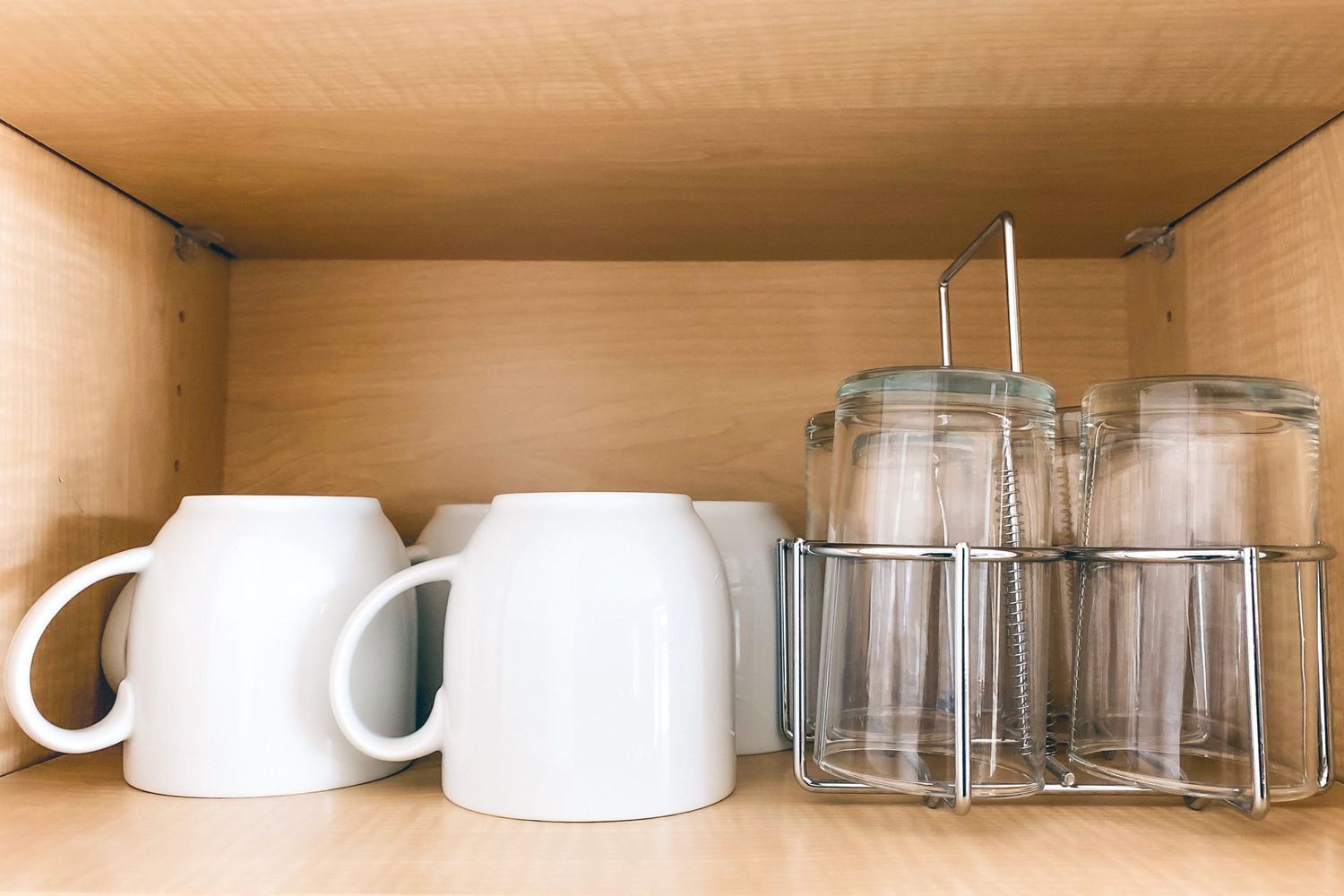



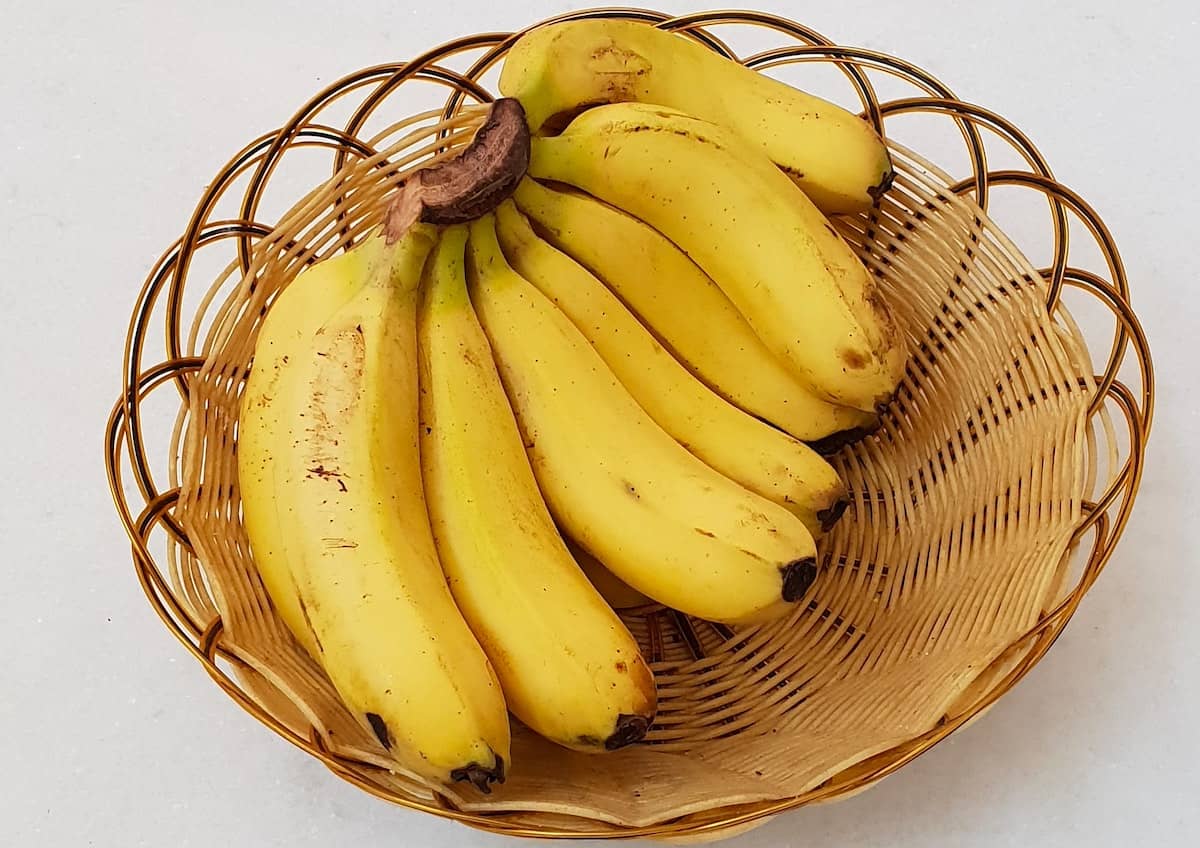


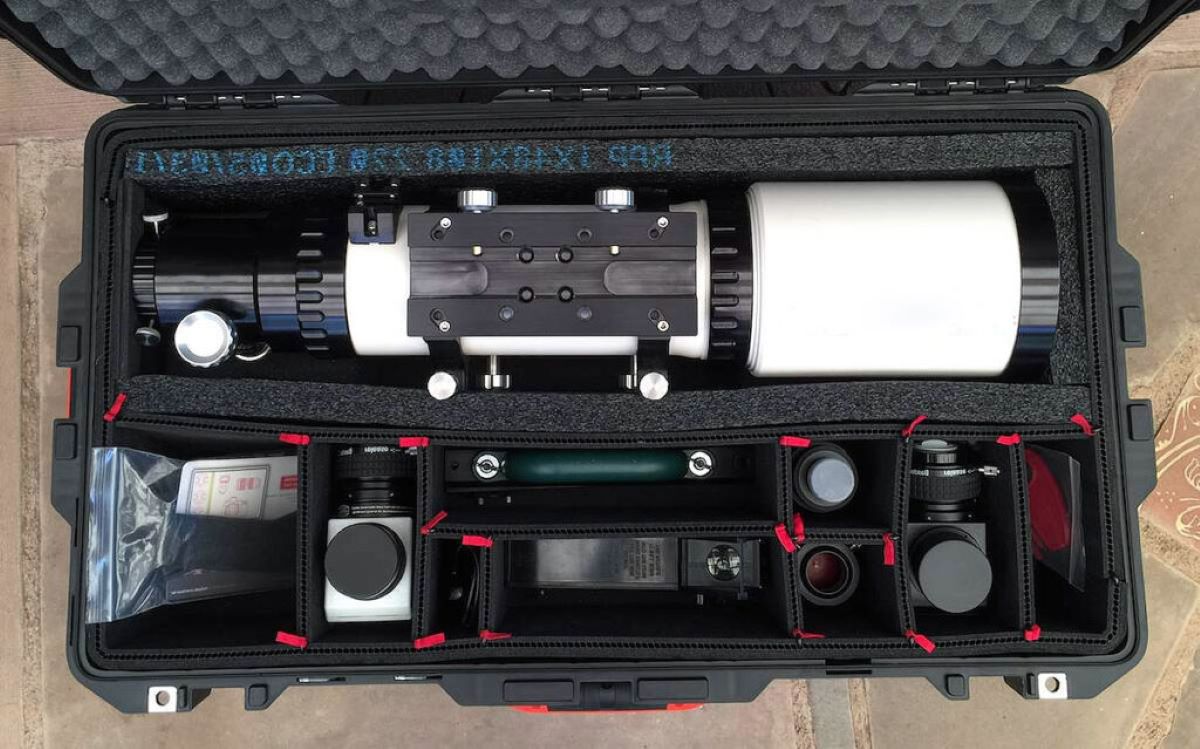





0 thoughts on “How To Store Tempeh”